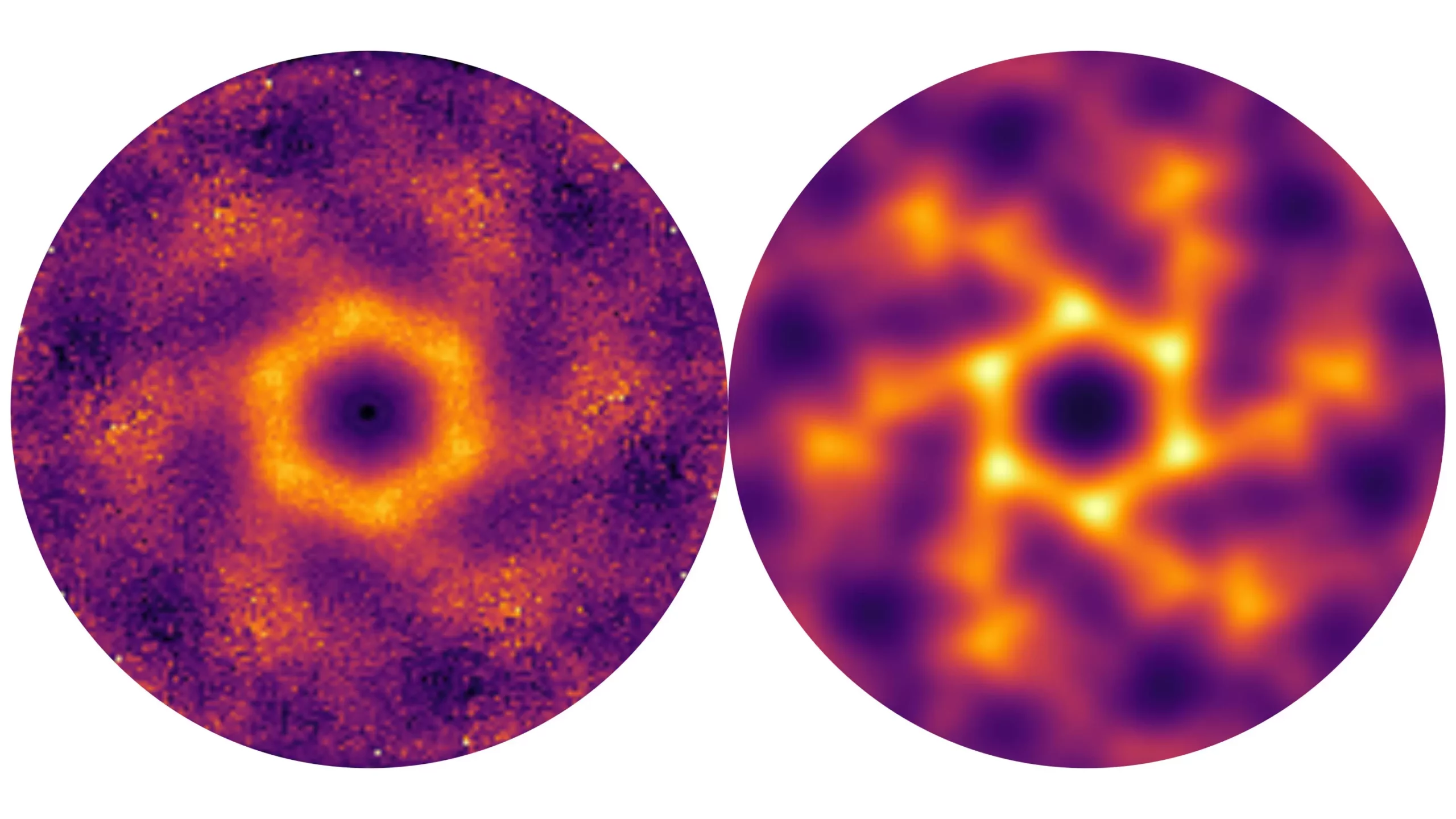Recent research has uncovered a fascinating discovery in the realm of quantum physics – a 3D quantum spin liquid lurking within a member of the langbeinite family. This revelation sheds light on the unique behavior induced by the material’s crystalline structure and magnetic interactions, leading to the emergence of an intriguing island of liquidity. The implications of this finding extend beyond mere scientific curiosity, offering potential applications in areas such as quantum computing. Let’s delve deeper into this groundbreaking research and explore the implications of 3D quantum spin liquids in langbeinite materials.
At the heart of this discovery lies the concept of magnetic frustration, where spins in a crystal lattice struggle to align in a manner that minimizes energy. When this frustration reaches a critical threshold, the spins exhibit disordered fluctuations, giving rise to a quantum spin liquid state. This unique phenomenon, known as quantum spin liquids (QSLs), has garnered attention for its topologically protected properties, which could prove invaluable for the development of stable qubits in quantum computing.
An international team of researchers conducted experiments at the ISIS neutron source to investigate a nickel-langbeinite sample, shedding light on the formation of 3D quantum spin liquids. By creating artificial langbeinite crystals with a molecular formula of K2Ni2(SO4)3, the researchers were able to observe the entangled trillium lattices formed by nickel ions, which underpin the magnetic frustration essential for the emergence of quantum spin liquids.
Complementing the experimental findings, theoretical modeling conducted by the team led by HZB theorist Johannes Reuther provided a deeper understanding of the magnetic interactions within the langbeinite materials. Through innovative methods such as pseudo-fermion function renormalization group (PFFRG), the researchers were able to accurately predict the behavior of 3D quantum spin liquids, confirming the presence of an ‘island of liquidity’ within the tetratrillium lattice structure.
The discovery of 3D quantum spin liquids in langbeinite materials opens up new avenues for exploration in the field of quantum phenomena. Langbeinites, a largely unexplored class of materials, offer promising prospects for uncovering further instances of quantum behavior. The synthesis of new representatives of this material class by the team led by HZB physicist Bella Lake hints at the untapped potential of langbeinite family in the realm of quantum physics.
The discovery of 3D quantum spin liquids in langbeinite materials represents a significant milestone in the study of complex quantum phenomena. By unraveling the mysteries of magnetic frustration and quantum spin liquids, researchers are poised to unlock new possibilities for quantum technologies and fundamental physics. As scientists continue to probe the intricacies of langbeinite materials, we can expect further breakthroughs that push the boundaries of our understanding of the quantum world.

